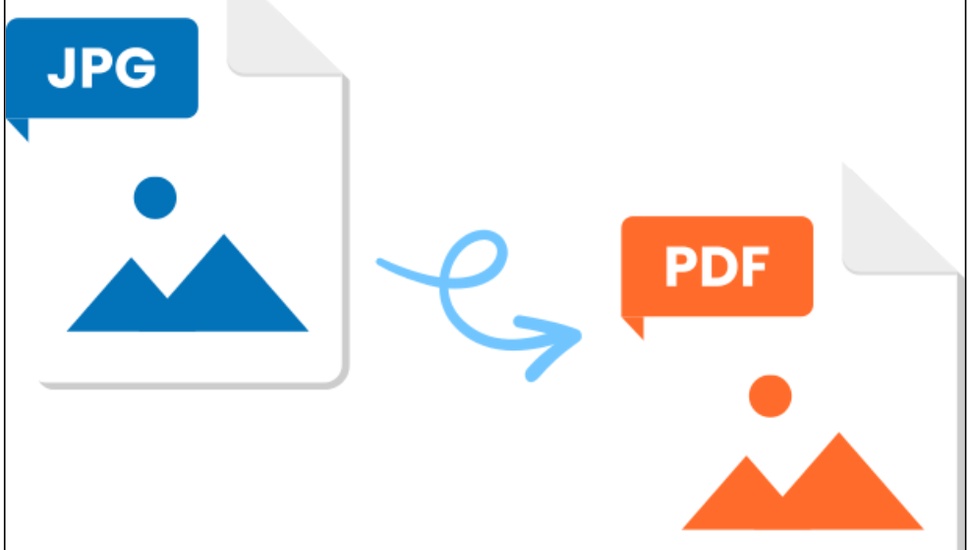
By Suneha
GuideIn the town of artists, there was a young artist named Uzair who had a hobby of drawing images with the help of a pencil. He could create any type of sketch and change the lines into incredible shapes of nature and people. As Uzair's carpenting skills became more popular, he desired to share them with others on demand. So, he started a mission to discover a user-friendly solution to convert his pencil sketches into PDFs. Tag along with Uzair to reveal his amazing drawings and showcase his beauty of art to the World!
Selecting the correct tool is necessary for accurate conversions of images, whether they are simple or sketched. But the selection of a converter depends on your needs and preferences so, some factors are given that are kept in view at the time of selection. Look at these!
If you are changing the file from high quality to lightly compressed or lower bitrate then the quality decreases. You can’t improve the quality by going the other way, but the best Photo to PDF converter has the ability to maintain the integrity of your uploaded file, keeping in mind that some converters reduce resolution, which leads to lower quality.
The central focus on ease of use is at the core of usability, and this comprises all the UX factors belonging to the ease by which users can be educated about content. So, we can say that a user-friendly interface makes conversions more straightforward.
For the conversion of large files, there’s a need for a speedy transformation, so analyze the tool that you have selected to offer a quick conversion. If not, look at the Photo to PDF converters, which allow quick processing times without compromising on quality.
Some tools have built-in customization options during conversion, and some give the option to manage these manually. The ability to adjust the page size, orientation, margin, color combination, style, and sizing are all options for customization. Hence, choose a tool that provides the option to control the outputs.
The crucial step from all other points discussed above is compatibility. Certain tools may not be supported by all software, applications, and devices; therefore, choose the tool that is supported and encouraged by various operating systems, including devices.
Some Photo to PDF converters are free of cost and some require a premium version to access advanced features. So, for this purpose, look at the feedback and overall ratings to make an informed decision about getting a subscription to the tool.
To make the work in streamflow, combining multiple files in a single one is one of the most advanced and utilized features of an online converter. So, use this feature for developing collages and combining them into PDFs.
A watermark in a data file is a technique for safeguarding data integrity by combining elements for branding. We say that it has tamper detection throughout the file therefore, the online converter offers an option to add text or image watermark to the converted documents.
It is the procedure of machine-readable text format that offers a fast conversion; keep in mind that some converters offer optical character recognition, but some don’t provide so use the tool which offers it. By using the OCR technique, you can also convert the scanned artwork into editable sketches.
In conclusion, after reading the above guide, you’ll be able to pick the right image to use in a PDF converter for your pencil sketch or any other type of image requirements. From preserving cherished memories to sketching artwork, selecting the right tool eliminates your hard work, saves a lot of time, and enhances your digital experience.